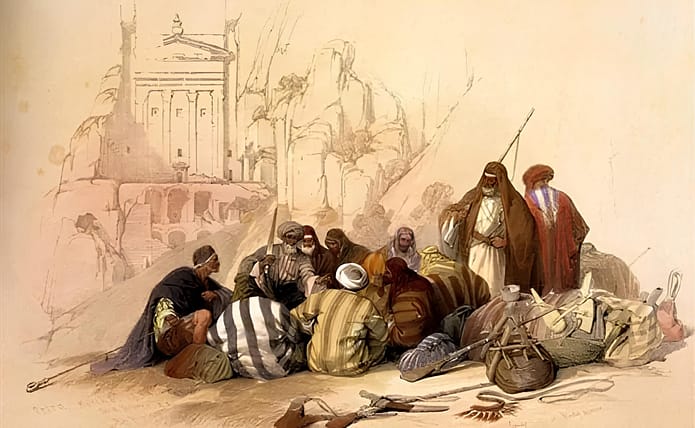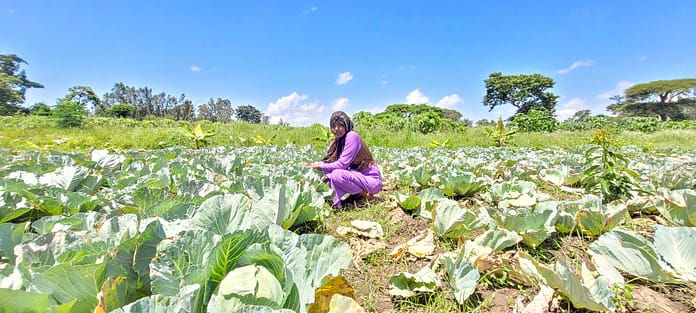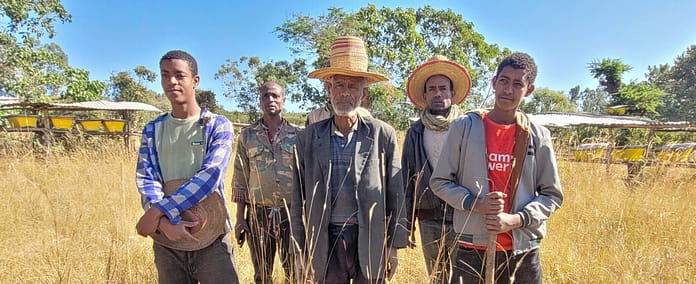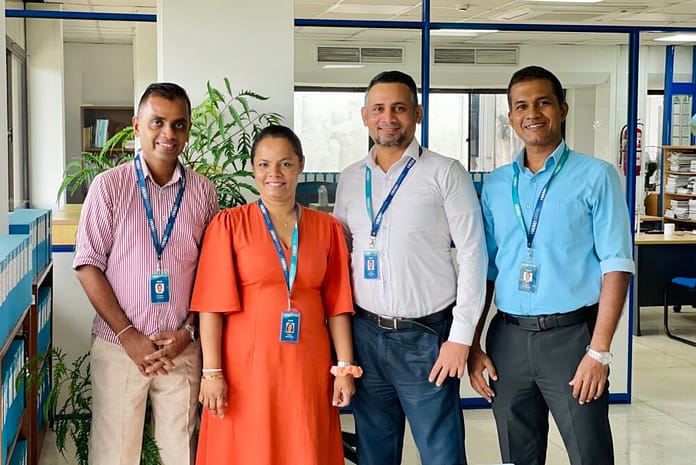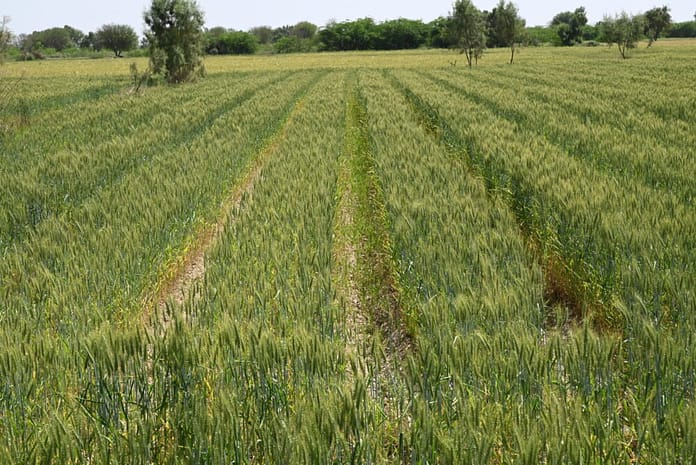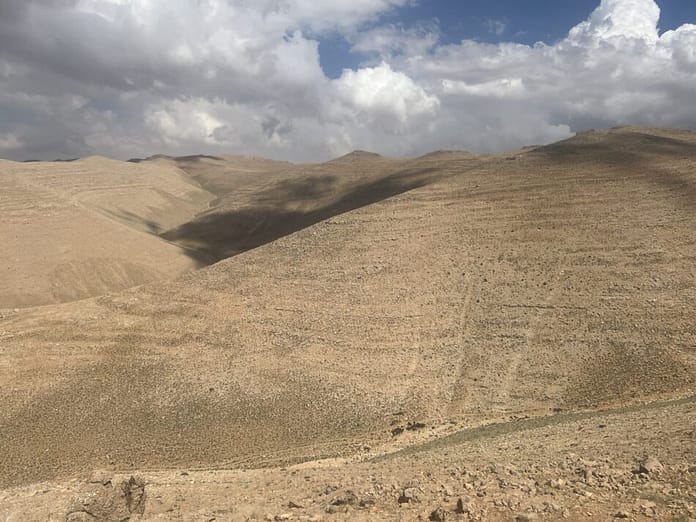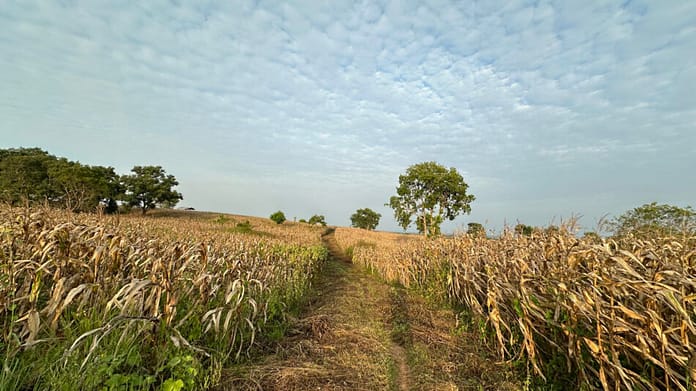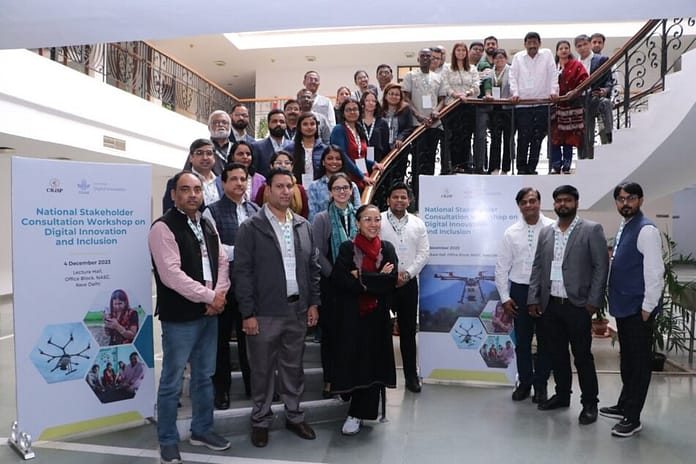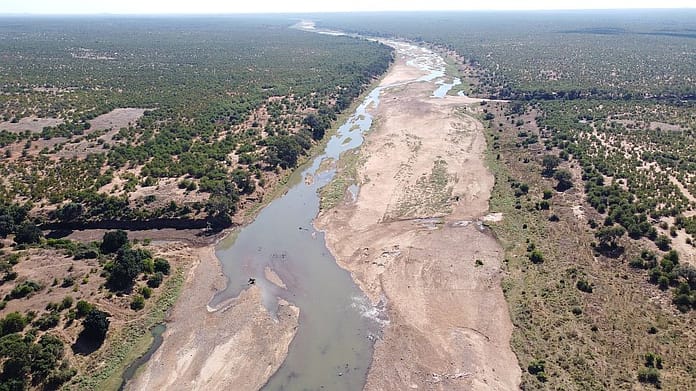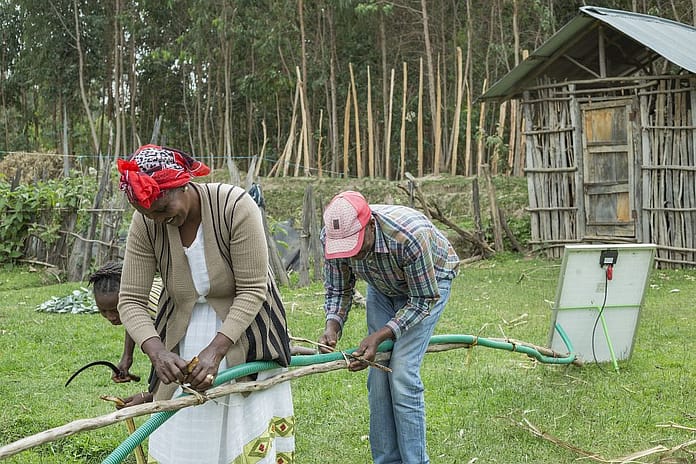“Globally, the negative impacts of future climate change on freshwater systems are expected to outweigh the benefits,” says IWMI’s Vladimir Smakhtin, one of the books editors. “By the 2050s, the area of land subject to increasing water stress is projected to be more than double that with decreasing water stress. In particular, the frequency of short droughts is likely to increase in the presently dry regions.”
The amount of land suitable for farming will also be hit. Under some computer models, the area deemed ‘highly suitable’ for crops is likely to shrink by a fifth. Similarly, more land will be classified as ‘marginally suitable’ or ‘moderately suitable’, with increases of 3.8 million km2 and 1.6 million km2, respectively.
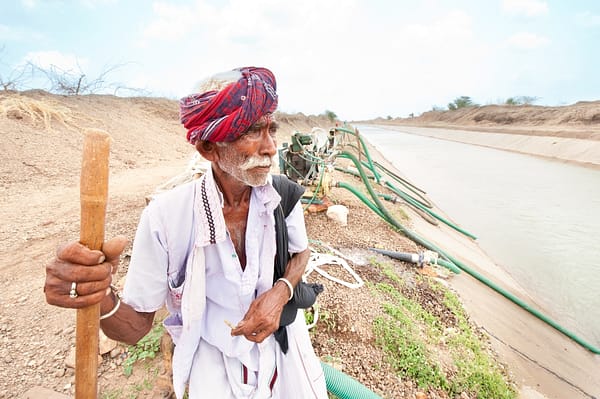
Photo: Hamish John Appelby / IWMI
Resources are sufficient – if managed smartly
The prospects sound alarming, but with careful resource management, say the editors, many of the worst effects of climate change can be mitigated.
For instance, in a chapter looking at global water predictions, IWMI’s Aditya Sood warns that, with world population increasing to about 9 billion and incomes rising, the future water demand for domestic and industrial sectors will compete with that needed for agriculture. Results from a water accounting and global food trade model, the Water, Agriculture, Technology, Environmental and Resource Simulation Model (WATERSIM), indicate that the proportion of consumptive water demand for agriculture could decrease from around 70% of the total demand in 2010, to as little as 27% in case of an optimistic socio-economic scenario. Furthermore climate change models suggest that if we are to maintain optimum crop yields, up to 20% more irrigation water will be required on average due to higher evaporative demand. That may sound bleak, but there is huge scope for improving yields in rainfed agriculture and in reducing waste within the food cycle. The globalization of food trade will also help to mitigate some of the shortfalls in regions with increase in population. He concludes that with improved agricultural water management and liberalized global food trade, there are enough resources globally not only to meet the future demand but also to reduce malnutrition.
Adaptations must be flexible
Given this, it seems reasonable to develop strategies to cope with the predicted change – but that is not always straightforward. A good example, cited in the book, is the Mekong Delta. With rising sea levels one might expect land salinity to be an increasing problem. But computer models predict that with higher water level in the mainstreams due to sea level rise fresh water flow in the canal network will also increase, initially offsetting the effect of sea level rise on salinity. As sea level rises further, however, saltwater begins to win out, and dominate the landscape. As a result adaptation responses cannot be static, but must evolve as the severity of impacts increases. Farmers may have the option of switching from rice growing to aquaculture in order to adapt, but exactly when it makes senses to do this will depend on how climate change progresses.
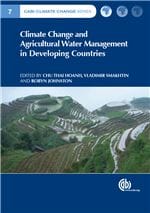
The book will be published on 17 December 2015
This work was supported by the CGIAR Research Program on Climate Change and Food Security and the CGIAR Research Program on Water Land and Ecosystems (WLE)



